TIME throughout the universe is like a giant ‘flicker book’ which can be broken into an almost infinite number of separate moments, scientists said today.
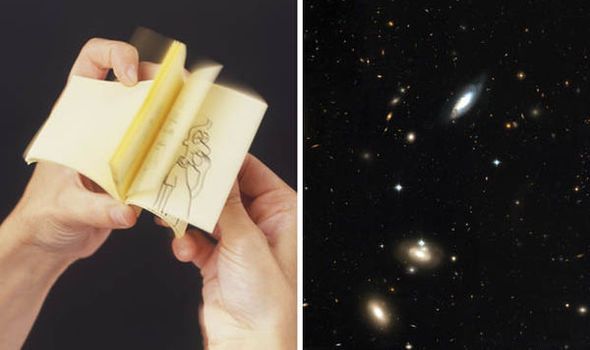

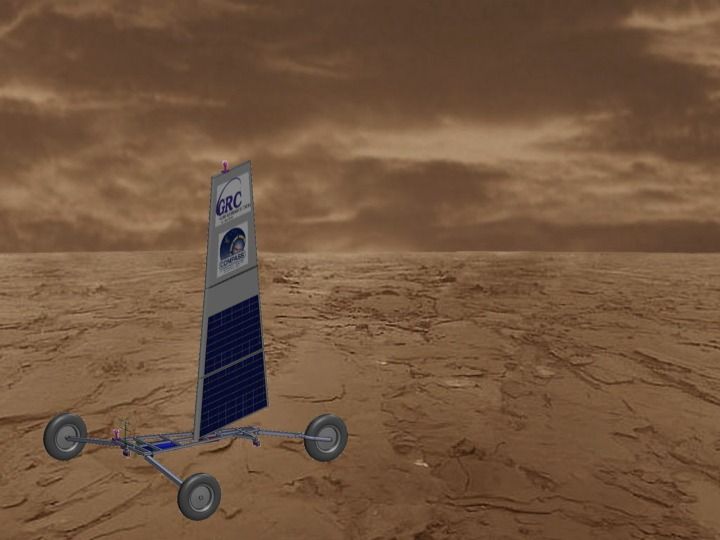
NASA’s study of a Venus landsail rover for possible launch as early as 2023 continues via its Innovative Advanced Concepts office. Geoffrey Landis, the rover’s study scientist fills me in on the latest. Ironically, the optimal landing site is near that of the Soviet Venera 10 lander.
NASA continues working towards a Venus landsail surface rover that could see launch as early as 2023 and mark the first time in a generation that any probe has landed on the planet’s hot, rocky surface. After a five month journey from Earth, the lander-rover — about the size of a windsurfing board — would begin a nominal 50-day surface mission.
If funded, NASA would launch this landsail “Zephyr” rover as a $400 million Discovery class mission with a coupled orbiter and lander. Once safely in Venus orbit, the rover-lander would detach for its journey through the planet’s thick atmosphere. Following an upright wheels-down landing, pyrotechnics would then cut the rover loose to explore the surface.
Loaded with some 50 pounds of science equipment, the landsail rover would move about courtesy of a 26-foot airfoil sail.

We might not think it, but we live in a pretty crowded part of the universe. But more than half our cosmos is made up of largely empty voids where there’s virtually nothing for hundreds of millions of light years of spacetime. At great distances, we still aren’t sensitive to dwarf galaxies that may lie within such voids. But even in the midst of such emptiness, these voids do have a few luminous elliptical galaxies not unlike the one seen here. Kudos to the team that crafted this new catalog map of these empty spots in our cosmos.
Astronomers have released the largest and most extensive catalog of cosmic voids ever generated — extending out some 8 billion light years in an area covering a quarter of the sky, mostly observable from the Northern hemisphere.
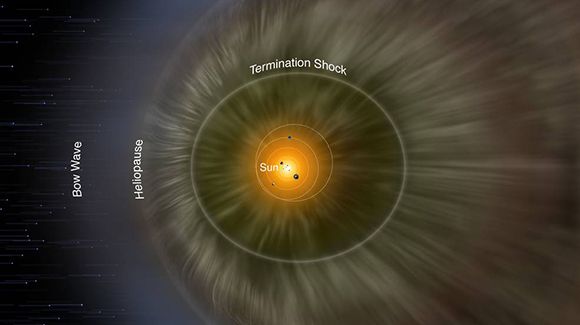
The new paper is based on one particular theory of the origin of the IBEX ribbon, in which the particles streaming in from the ribbon are actually solar material reflected back at us after a long journey to the edges of the sun’s magnetic boundaries. (NASA Image)
BREVARD COUNTY, FLORIDA – The new paper is based on one particular theory of the origin of the IBEX ribbon, in which the particles streaming in from the ribbon are actually solar material reflected back at us after a long journey to the edges of the sun’s magnetic boundaries.
A giant bubble, known as the heliosphere, exists around the sun and is filled with what’s called solar wind, the sun’s constant outflow of ionized gas, known as plasma.
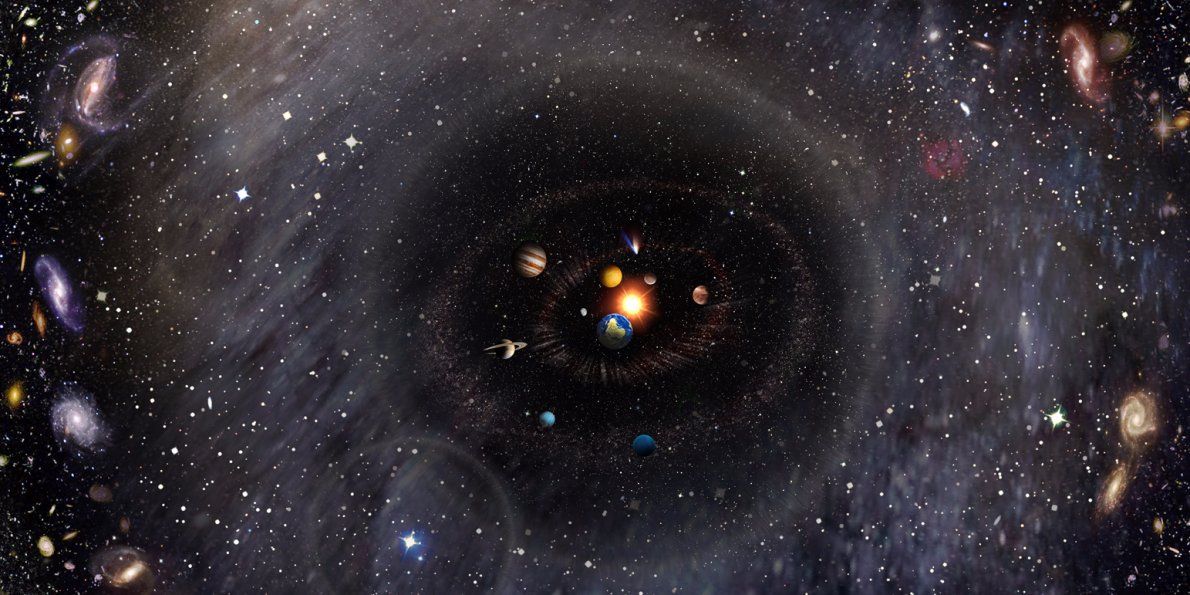
What a relief.
One day, the Universe is going to die out — that’s something scientists can agree on.
But exactly how and when that will happen is a more of a gray area, and it’s not something we’ve really had to worry about, with current predictions putting any such event tens of billions of years in the future — long after our Sun burns out.
But what if our current predictions are wrong?
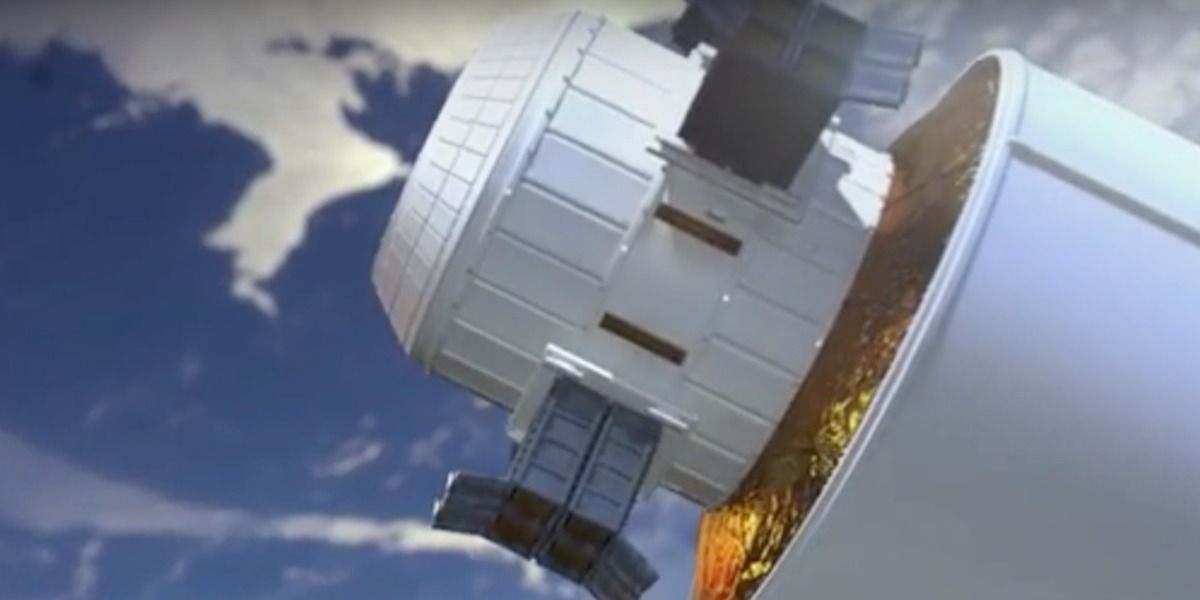
Wifi distribution across this planet is patchwork of crazy: You can tweet from Mt. Fuji but lord help you if you want to send an email in Cuba. Thursday, Israeli company SkyFi announced it will be the one to finally soak the world in wifi from space.
In a press release announcing $3 million in funding from Jerusalem Venture Partners and the Liberty Israel Venture Fund, the company said it would get around the problems preventing reliable wifi from traditional satellites by launching nano satellites whose 55-centimeter diameter antenna could be folded up to make launching cheaper, then expanding once in orbit.
“The high flexibility of our nano satellites and the ability to provide multiple services to different customers enables us to offer free internet access to the whole planet in the same manner as GPS services are free. We think this has the potential to bridge great divides and give everyone worldwide a part in the great global connected community,” Raz Itzhaki Tamir, Co-Founder and CEO of SkyFi, said in the press announcement.
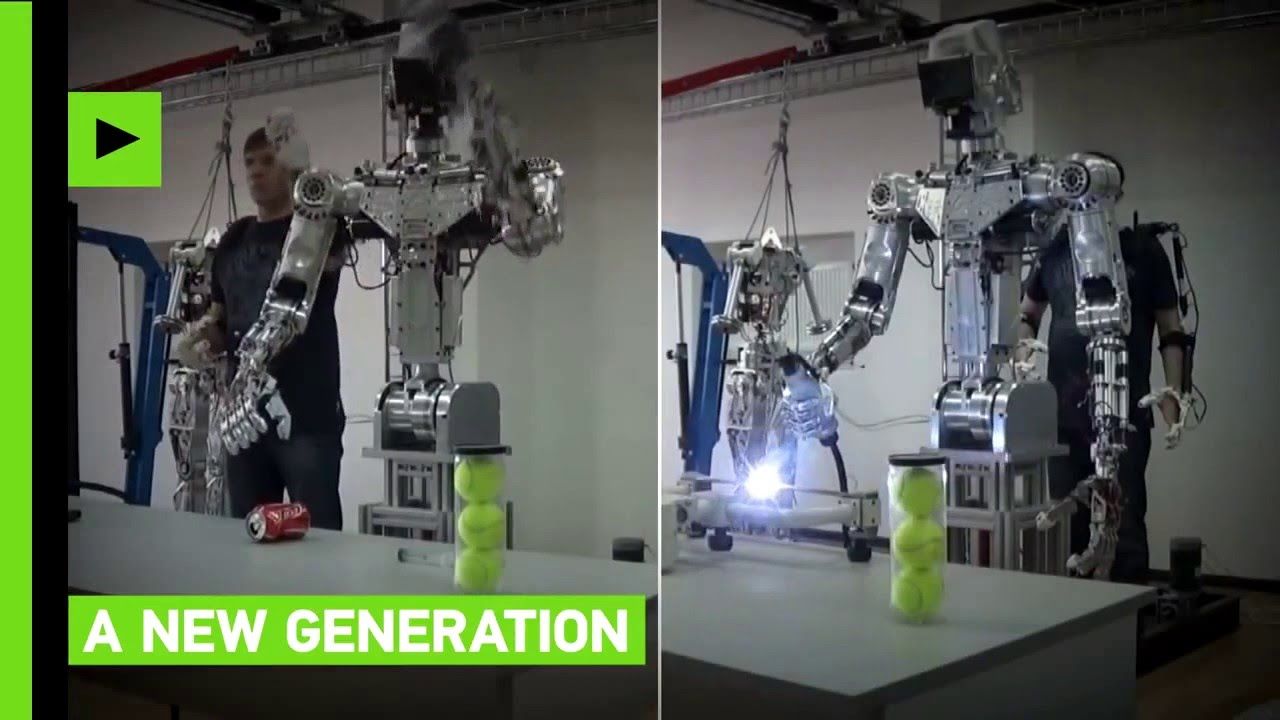
https://youtube.com/watch?v=9xlw5jAu4kc
Rather than risk the lives of their astronauts, Russian government scientists are now working to develop humanoid robots that can perform complex tasks on the outside of the International Space Station (ISS) while astronauts control them safely from within the station.
The Russian Foundation for Advanced Research Projects, Russia’s military research arm unveiled two prototype robot astronauts on February 13th to the media ahead of a public robotics exhibition in Moscow.
One robot, named Fyodor, has two arms and a torso, and is programmed to either mimic an astronaut’s actions, be under remote control by a human wearing a special suit, or work autonomously.
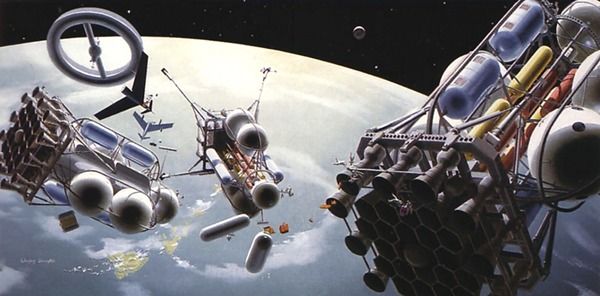
“Vulcan Inc. today announced a new exhibition of nearly 60 objects related to science fiction and the history of space exploration – Imagined Futures: Science Fiction, Art, and Artifacts from the Paul G. Allen Family Collection – that will be on view at its 3,000-square-foot flexible concept space, Pivot Art + Culture beginning April 7, 2016. The exhibition, curated by Ben Heywood, runs through July 10, 2016.”
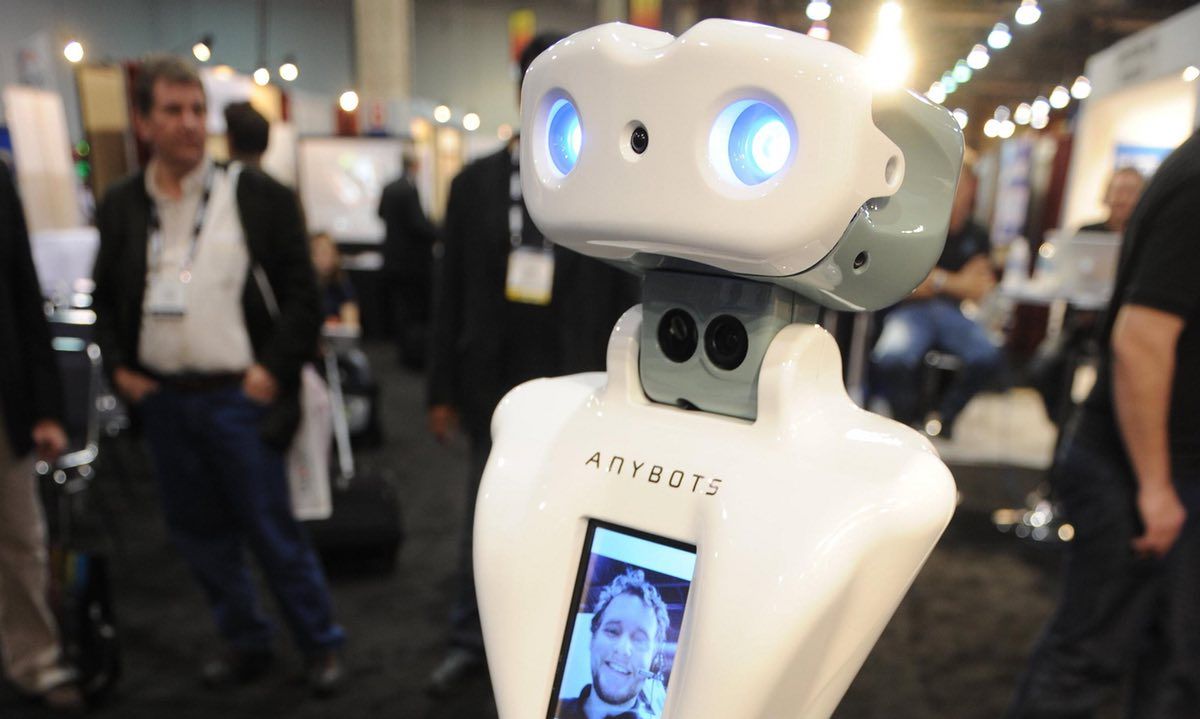
1st; we all know in 30 years anything can change, wars can be fought & lost, natural disasters can occur, etc. However, posting for everyone’s amusement. 30 years ago which would be 1986; no one thought USSR would be broken up, 9/11 would happen creating the US Homeland Security, Lybia & Eygpt would overthrow their own leaders, that US Space missions would be outside the US Government, hacking at the levels we have today creating the CISO roles, of VR technology would exist, DNA and CRISPR would be discovered, etc.
So, who really knows what jobs will be fully automated v. not in 30 years or even created as a result of Quantum technology (Computing, Networking, Q-Dots for numerous thing that are not only technology, etc.). Just a fun article to share with everyone.
CSIRO says the Australian workplace of the future will be increasingly digitally-focused and automated, with titles such as online chaperone.
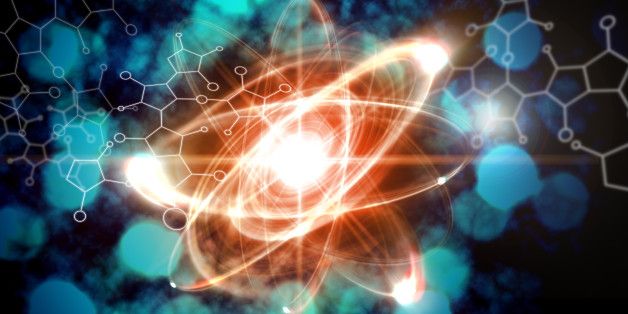
Interesting read; however, the author has limited his view to Quantum being only a computing solution when in fact it is much more. Quantum technology does offer faster processing power & better security; but, Quantum offers us Q-Dots which enables us to enrich medicines & other treatments, improves raw materials including fuels, even vegetation.
For the first time we have a science that cuts across all areas of technology, medical & biology, chemistry, manufacturing, etc. No other science has been able to achieve this like Quantum.
Also, the author in statements around being years off has some truth if we’re suggesting 7 yrs then I agree. However, more than 7 years I don’t agree especially with the results we are seeing in Quantum Networking.
Not sure of the author’s own inclusion on some of the Quantum Technology or Q-Dot experiements; however, I do suggest that he should look at Quantum with a broader lens because there is a larger story around Quantum especially in the longer term as well look to improve things like BMI, AI, longevity, resistent materials for space, etc/.
I recently read Seth Lloyd’s A Turing Test for Free Will — conveniently related to the subject of the blog’s last piece, and absolutely engrossing. It’s short, yet it makes a wonderful nuance in the debate over determinism, arguing that predictable functions can still have unpredictable outcomes, known as “free will functions.”
I had thought that the world only needed more funding, organized effort, and goodwill to solve its biggest threats concerning all of humanity, from molecular interactions in fatal diseases to accessible, accurate weather prediction for farmers. But therein lies the rub: to be able to tackle large-scale problems, we must be able to analyze all the data points associated to find meaningful recourses in our efforts. Call it Silicon Valley marketing, but data analysis is important, and fast ways of understanding that data could be the key to faster solution implementation.
Classical computers can’t solve almost all of these complex problems in a reasonable amount of time — the time it takes for algorithms to finish increases exponentially with the size of the dataset, and approximations can run amok.